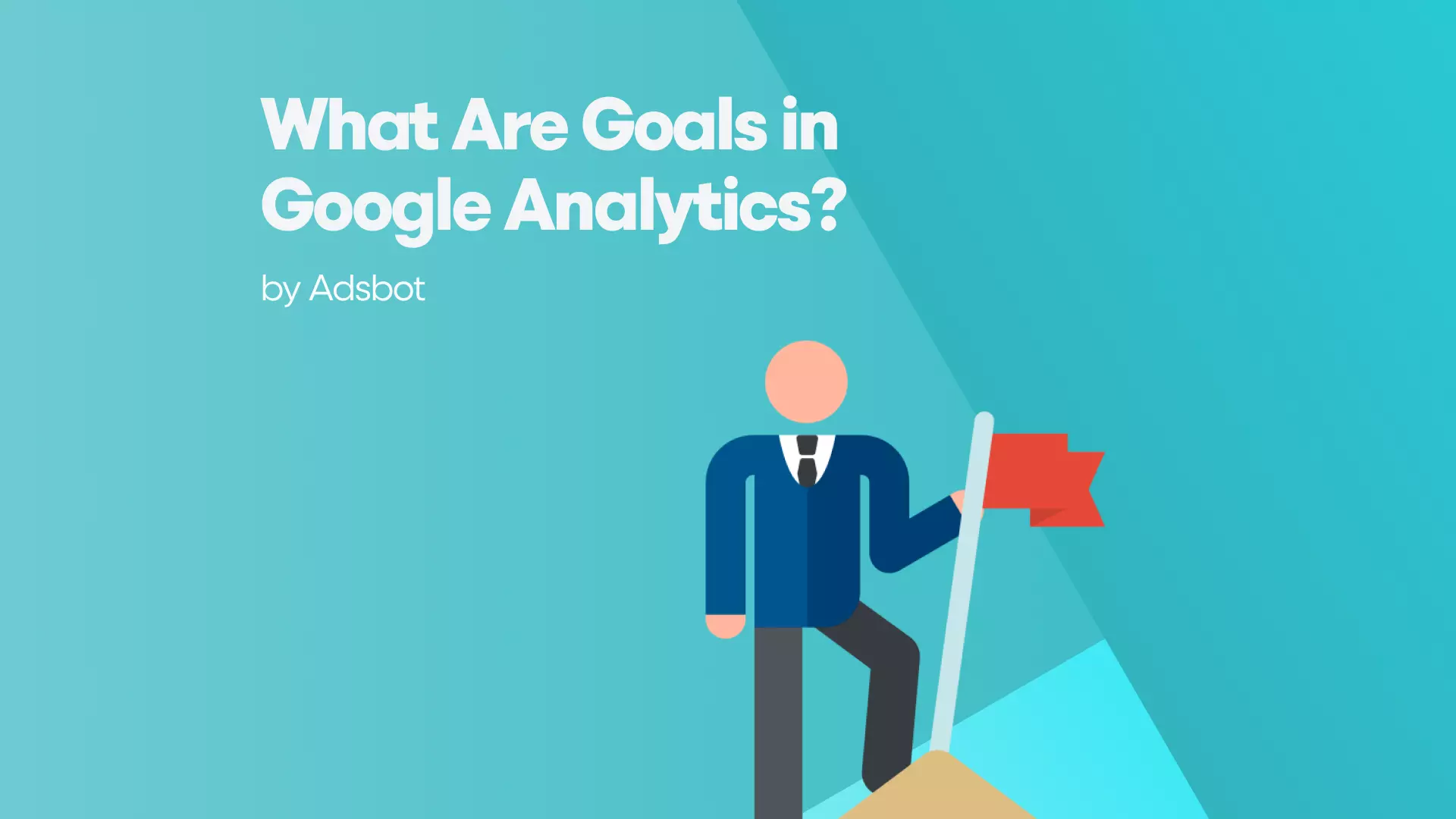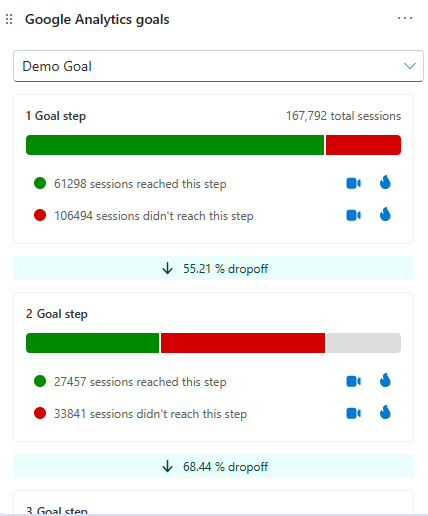Introducing the Blind Attractions: Understanding What Google Analytics Goals Can not Gauge
In the world of digital analytics, Google Analytics stands as a powerful device for tracking and analyzing on-line individual interactions. Recognizing what Google Analytics goals can not gauge is important for obtaining a detailed view of customer behavior and engagement.
Customer Behavior on External Operatings Systems
Comprehending how customers connect on outside systems is essential for maximizing on the internet strategies. Exterior platforms, such as social media networks, reference websites, and on the internet forums, play a considerable role in driving website traffic to a business's internet site. By evaluating customer behavior on these platforms, organizations can acquire beneficial insights into the performance of their marketing initiatives and the preferences of their target audience.
One trick aspect of individual actions on exterior platforms is the reference resource. By tracking where the users are originating from, organizations can identify which platforms are driving one of the most traffic to their website. This information can assist firms allot their resources a lot more properly, focusing on the platforms that produce the very best outcomes.

Offline Conversions and Communications
Evaluating individual behavior on outside systems supplies useful insights into on-line methods; nevertheless, considering offline conversions and communications is equally crucial for a comprehensive understanding of a business's total efficiency. Offline conversions, such as in-store purchases or phone questions, play a considerable function in many services' success.

Acknowledgment Beyond Last Click
When delving right into the world of digital advertising and marketing analytics, it becomes important to look past the solitary touchpoint of the last click for a much more detailed understanding of attribution. While Google Analytics provides useful insights into customer actions, depending solely on last-click attribution can be limiting - what data is google analytics goals unable to track. Attribution designs that exceed the last click provide a more nuanced view of the customer journey, taking into consideration all the touchpoints that lead to a conversion
Acknowledgment past the last click permits marketing see here now experts to appoint credit to different communications along the conversion path, providing a clearer photo of the effectiveness of different advertising and marketing channels. By checking out multi-touch acknowledgment models such as straight, time degeneration, or position-based attribution, businesses can much better allot their marketing spending plans and optimize their approaches for optimal effect.
Recognizing the influence of each touchpoint in the conversion process is essential for making notified decisions and maximizing ROI. By accepting acknowledgment past the last click, organizations can obtain much deeper understandings right into customer actions and tailor their marketing efforts much more successfully.
Cross-Device and Cross-Browser Monitoring

In a similar way, cross-browser monitoring enhances cross-device monitoring by catching customer habits as they switch over in between different internet internet browsers. Understanding exactly how users interact with sites on various web browsers can aid marketing experts optimize their on the internet experiences to ensure uniformity and performance across various systems.
Qualitative Information and Customer Intent
Comprehending individual intent via qualitative information analysis is vital for creating targeted digital advertising techniques that reverberate with the requirements and choices of the target audience. Qualitative data provides understandings into the 'why' behind user actions, shedding light on inspirations, feelings, and preferences that measurable data alone can not capture. By examining customer comments, remarks, and communications, marketers can discover valuable info regarding user intent, allowing them to customize their messaging, web content, and offerings to much better align with what their target market is looking for.
Qualitative information likewise assists in understanding the context in which individuals involve with an internet site or app. This contextual understanding allows marketing experts to create even more relevant and tailored experiences, ultimately driving greater interaction and conversion rates. By diving into customer intent through qualitative data analysis, companies can obtain a much deeper understanding of their target audience, resulting in more reliable marketing approaches that meet individuals' demands and assumptions.
Conclusion
Finally, Google Analytics goals have restrictions in gauging user actions on exterior systems, offline conversions, acknowledgment past last click, cross-browser click for source and cross-device monitoring, and qualitative information related to user intent. what data is google analytics goals unable to track. It is necessary for businesses to be mindful of these unseen areas in order to supplement their information evaluation with various other devices and methods to get a much more thorough understanding of their target market and improve their general electronic marketing techniques
By analyzing customer behavior on these systems, services can get valuable insights into the effectiveness of their advertising initiatives and the preferences of their target audience.
Evaluating individual behavior on exterior systems supplies valuable understandings right into on-line techniques; however, considering offline conversions and communications is just as critical for a comprehensive understanding of a company's general efficiency.In electronic advertising and marketing analytics, moving beyond last-click acknowledgment to check out cross-device and cross-browser tracking is vital for acquiring an alternative understanding of individual interactions across numerous platforms and devices. By evaluating customer comments, remarks, and interactions, online marketers can uncover important information regarding individual intent, enabling them to tailor their messaging, web content, and offerings to much better align with what their audience is seeking.
By delving into individual intent through qualitative data evaluation, services can get a much deeper understanding of their target audience, leading to more effective marketing techniques that satisfy users' needs and expectations.